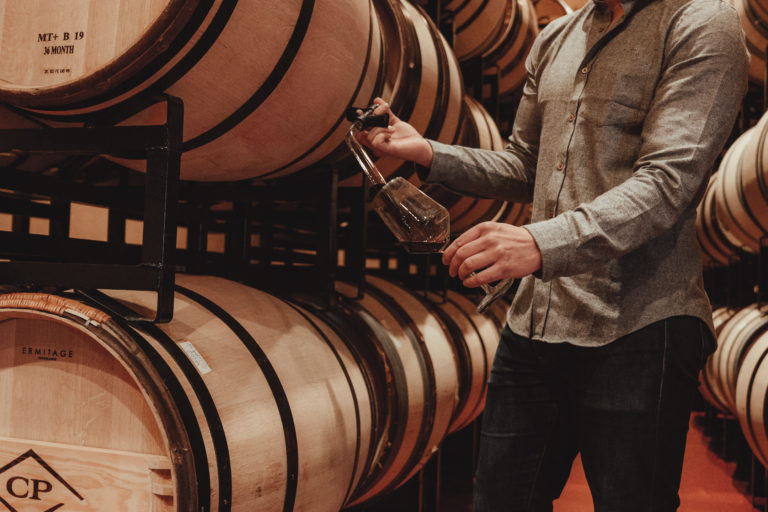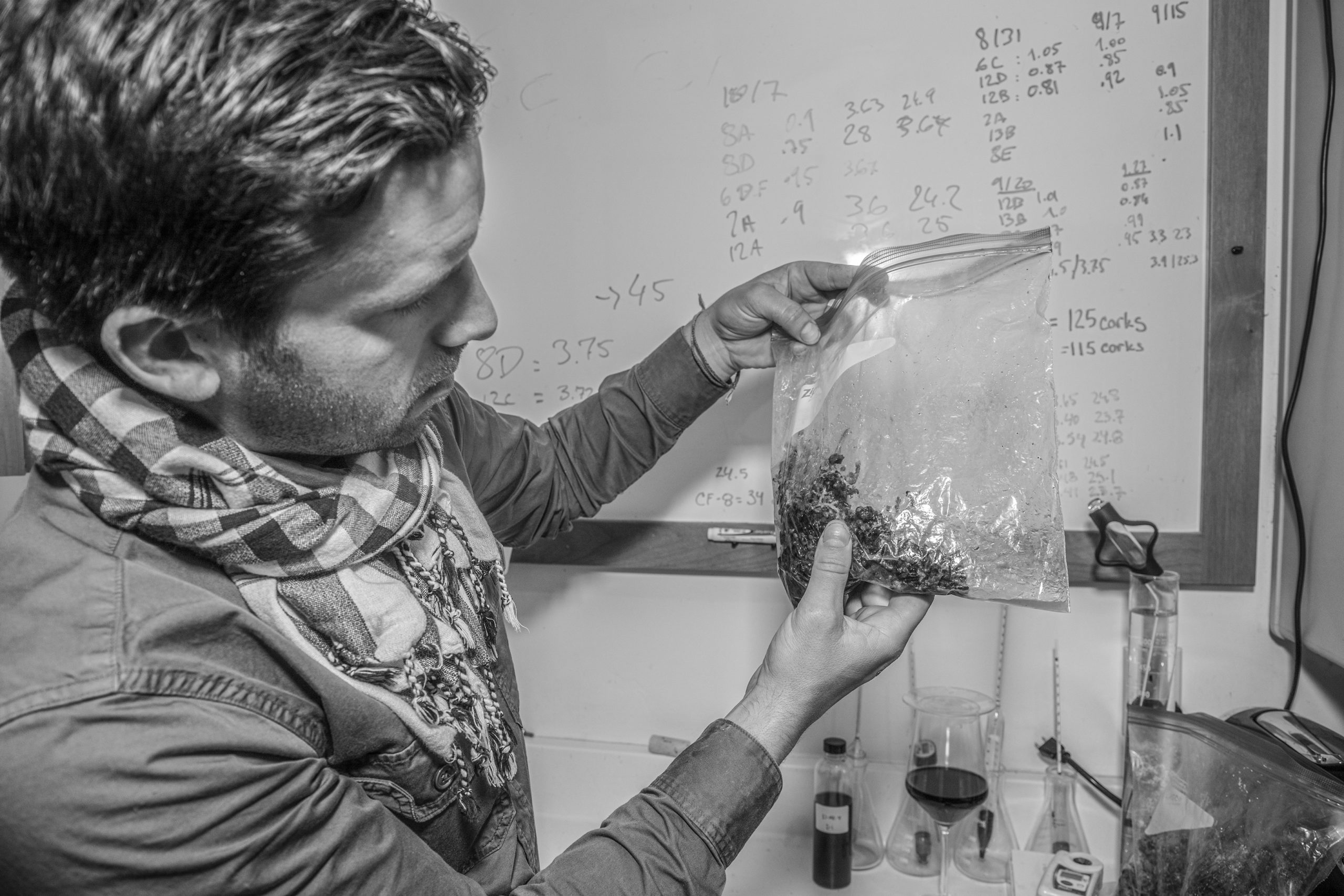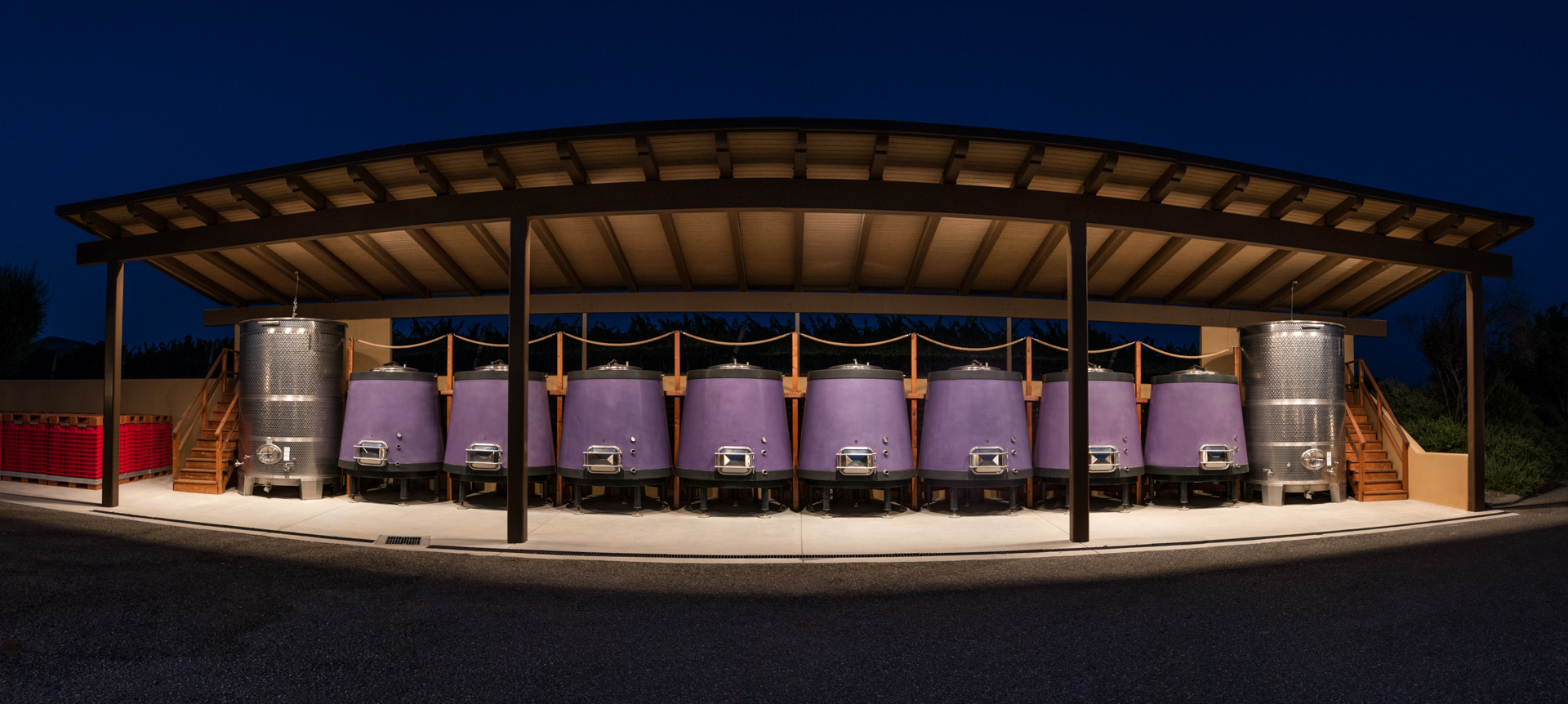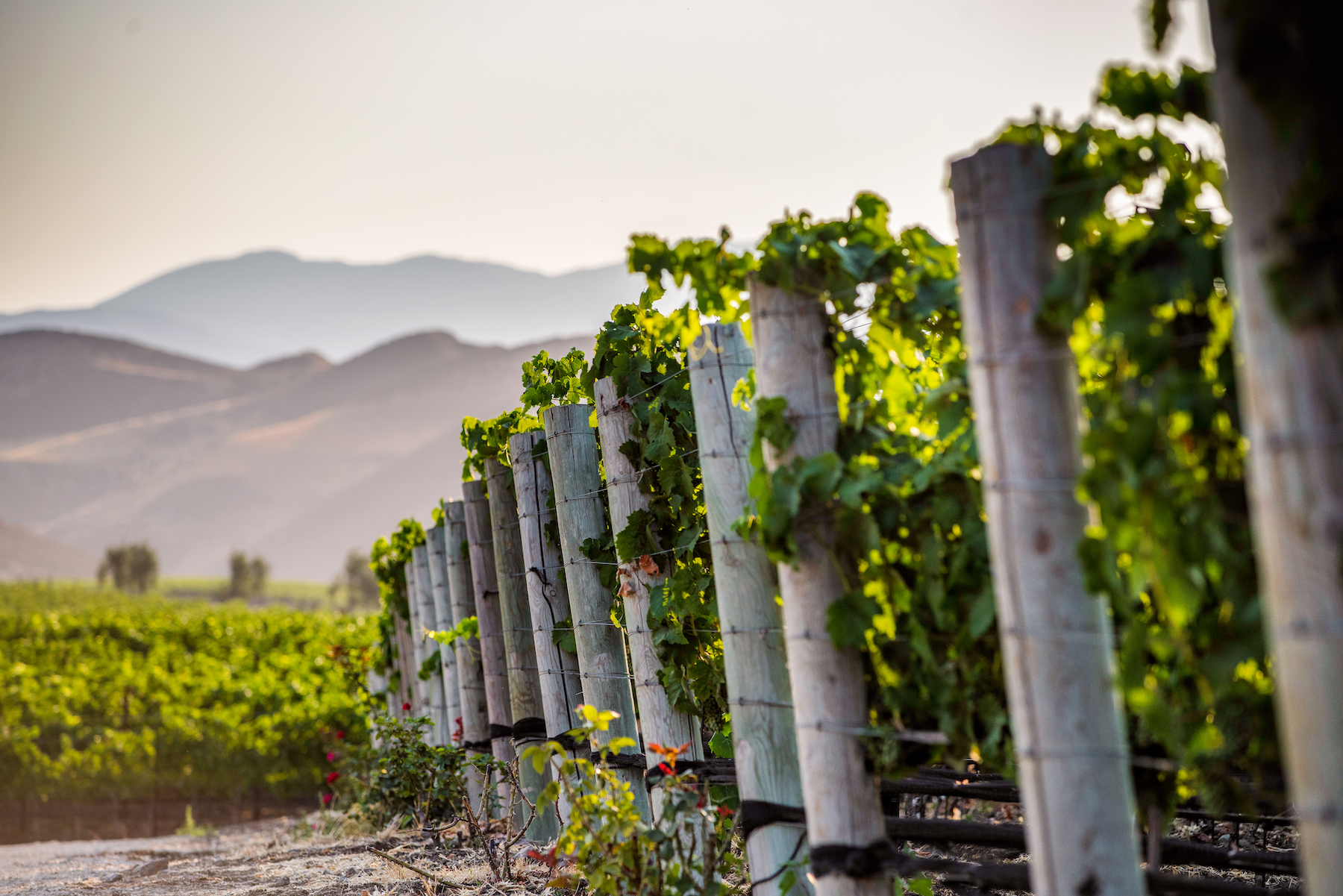The Wine Blending Process - Our Approach
As the winemaker of Crown Point Vineyards, a common question I receive is regarding blending. The answer I like to share is that there is no right or wrong way; for me, it merely depends on my objectives and wine quality ambitions.
Before I start blending, it’s essential to understand everything begins in the vineyard. At Crown Point, it starts across forty-five planted acres, mixed between old and young vines, divided into fifty-nine blocks of varying varieties and exposures. Therefore, it is imperative that we pick and ferment each block separately to ensure that we capture the diversity of the site. We seek efficiencies when available, occasionally merging two similar blocks and fermenting them in the same tank. At the close of harvest, there are forty distinctive wine lots in the cellar, representing specific portions of the vineyard or, perhaps, fermented using different techniques. Here lies the most enduring challenge: How do I begin with forty wine lots and marry them into three wines?
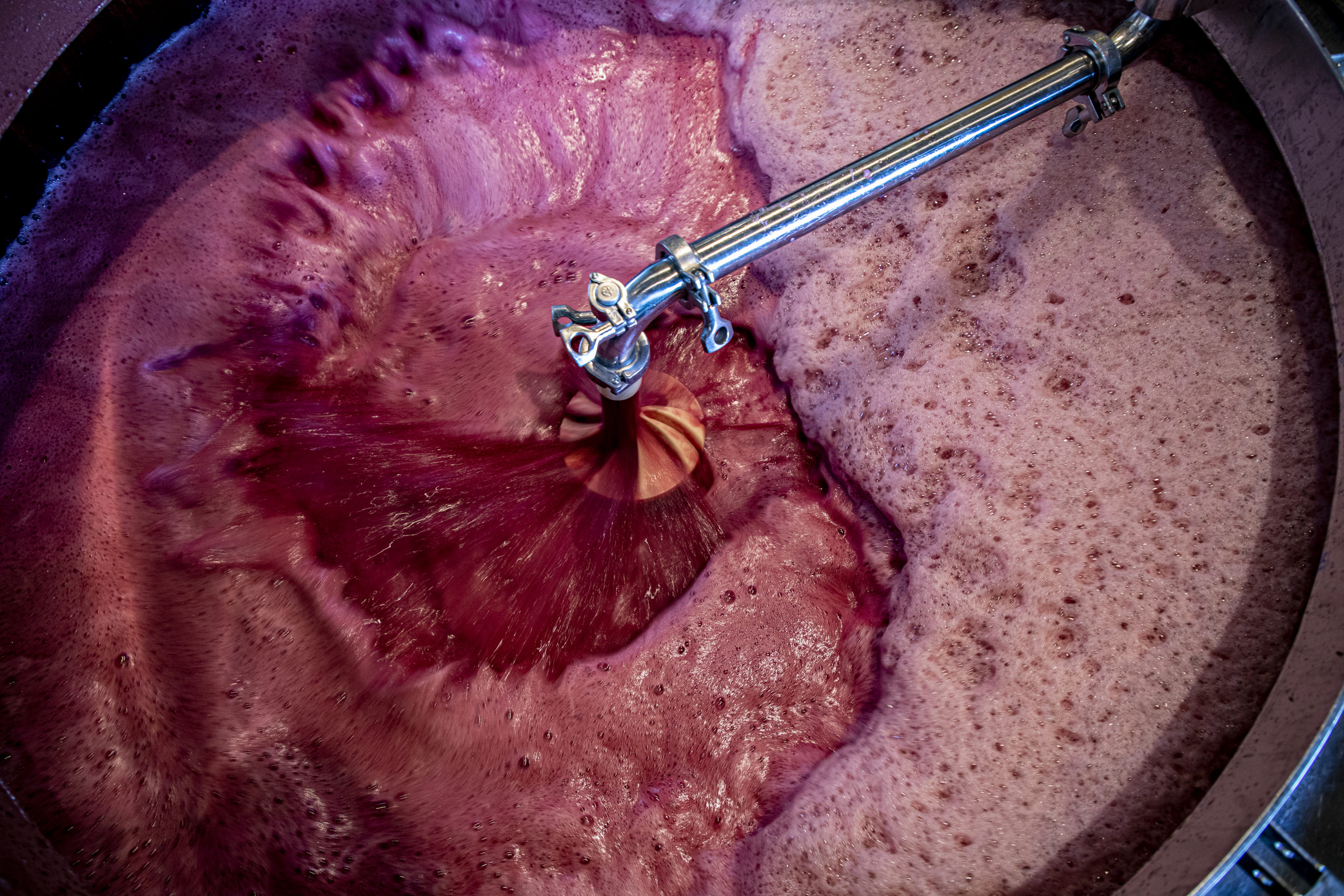
the steps of blending
Upon the completion of fermentation (yeast converting sugar into alcohol), the wines are raised into barrels, thus initiating the blending process. We aim to taste all forty wine lots to determine the vintage attributes, style, personality, and volume. The first series of blending trials begin in February, three months after the final pick of harvest. With a wine thief, we take a small sample from each barrel to taste and repeat this process multiple times.
I take diligent notes and rank them into “A, B, or C” categories. The “A” category represents the superior lots made in a single vintage. However, simply blending all “A” wines does not always yield the best blend. Consider Jazz music – you need a touch of dissonance to create harmony – a hint of yin to the yang. With these analogies in mind, I seek additional lots to determine their contribution to the blend. The ideal blend has harmony in unison with layers – every time you taste it, the wine evolves into something new. For this reason, I value complexity of flavors and textures.
blending approach with cabernet sauvignon
With the Crown Point Cabernet Sauvignon, we seek intensity and lean on this variety to represent the personality of our vineyard. Ultimately, it is a wine with a unique expression, powerful yet, finessed. The flavor profile highlights ripe red fruit balanced by floral and savory tones. To achieve the noted style, we select wines from our hillside blocks as they will bring power and intensity. While the mesa plateau facing the hillside provides a velvety texture, fine-grain tannins, and complexity.
Once our Cabernet Sauvignon lots achieve balance, I will consider adding a dash of Petit Verdot. Petit Verdot is a fascinating wine, quite charming on its own, with notes of plum, blueberries, and packing power – just a hint in the blend goes a long way. Therefore, when adding more than 10% Petit Verdot, you find that it dominates the personality of the blend, leaving you with a robust wine that lacks nuance. For this reason, I add up to 5% Petit Verdot to the Cabernet Sauvignon assemblage; I then assess and reduce or increase as desired.
how do you know you have found the ideal blends?
It is evident right away once you have discovered the ideal blend. After numerous blending trials, one blend among many shines brighter. I always say the best blends usually find you – the superior blend is the one that is obvious and is unanimously enjoyed by all. Until you discover it, you must keep tasting different combinations.
